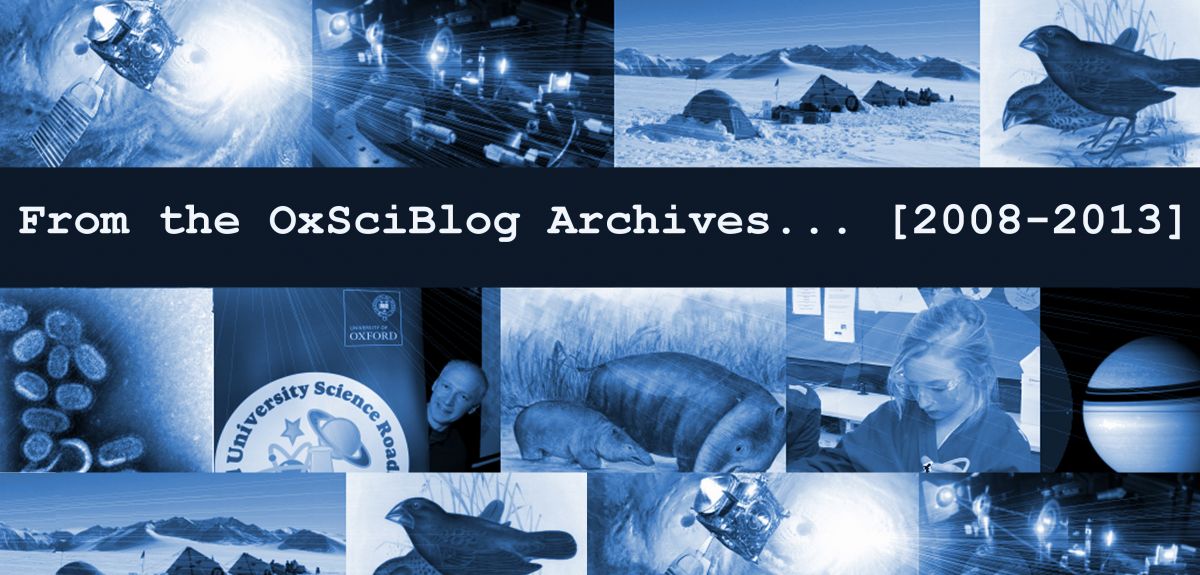
'Re-seeding' helps flu's disguise
An international team publishing in this week's Nature have given fresh insight into how flu outbreaks are 'different every time'.
Oliver Pybus of Oxford's Department of Zoology and colleagues unravelled the story of 1000 complete genomes of human flu virus: It's the first analysis to look at how the whole genome of flu evolves in time and across space.
Oliver told OxSciBlog: 'We showed that the genetic diversity of the virus waxes and wanes in line with the actual number of infections, and that the annual outbreaks in places like New York are not descended from each other - instead, they are 're-seeded' each year from a 'source' population, within which transmission is more constant. We call this our 'source-sink' model of global flu evolution.'
It suggests that a 'reservoir' of flu virus is held in the tropics, and that this spills over every year into more temperate zones; reseeding them.
The team showed that there is frequent 'reassortment' or genetic exchange among flu strains on a global scale. The analysis helps to explain the 'antigenic evolution' of the virus, that is, change in the virus that makes it less well recognised by the human immune system. Previous work on antigenic change has focused on two parts of the flu genome (called HA and NA) - the new research demonstrates that evolution in other, less studied, parts of the genome may be equally crucial to the process of antigenic change.
The new findings could give fresh leads in the global battle against human flu, a virus that kills between 250,000 and 500,000 people around the world each year.